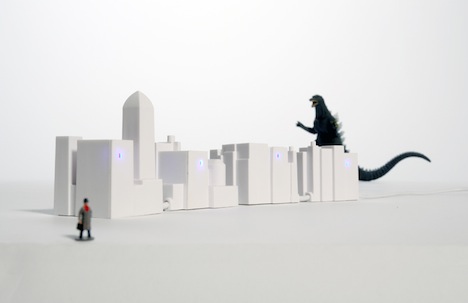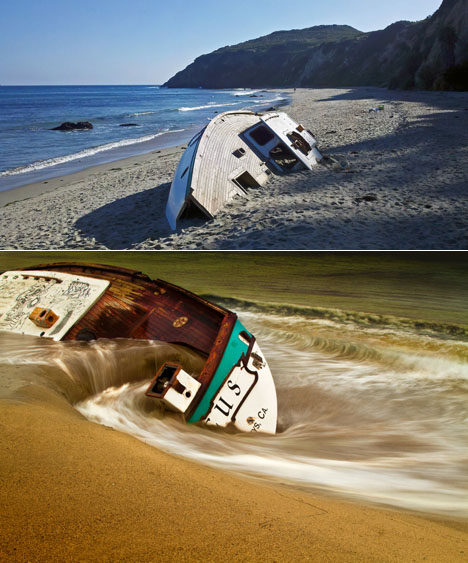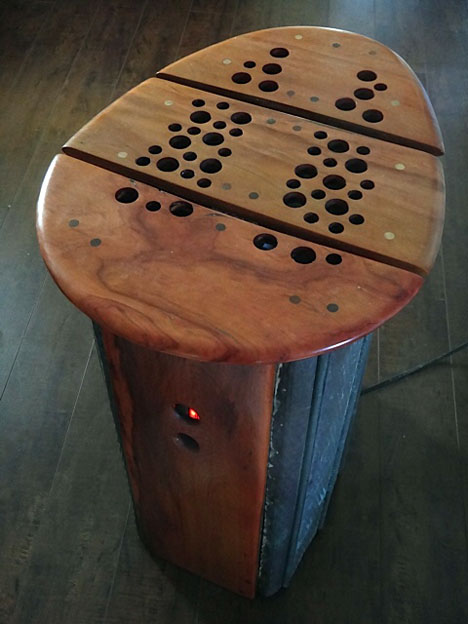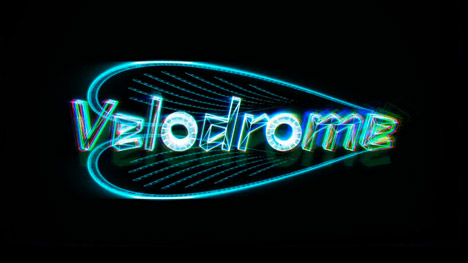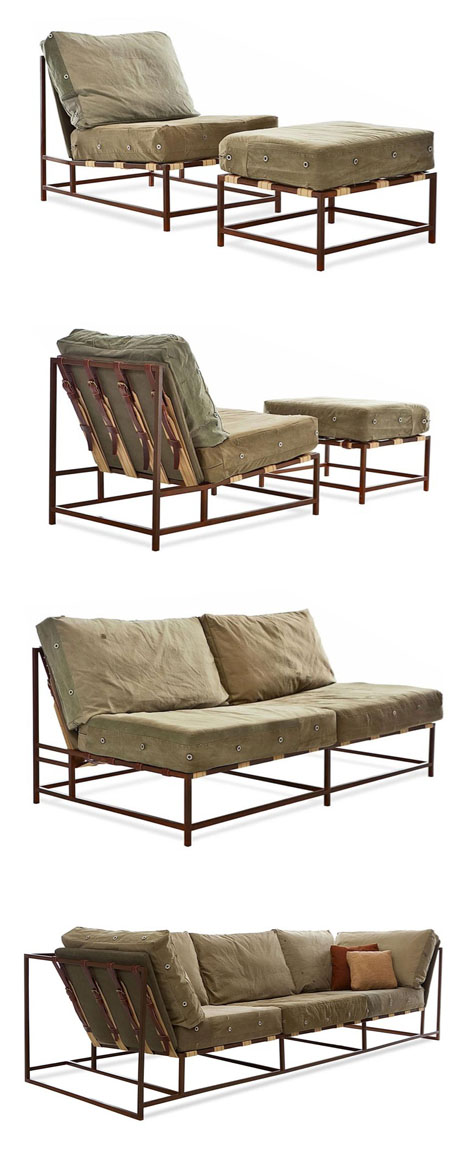
Reporting and photographs by Abe Burmeister
Outdoor Retailer (or OR to most attendees) is one of my favorite tradeshows around, as close to an asshole-free zone as you'll ever find in a business environment. The exhibitors are essentially just a bunch of people who would rather be outdoors, but happen to make a living designing and selling some amazing gear. OR is also something I've always considered Outlier's secret weapon, a hidden world of fabrics most other clothing designers in NY are never to access, to which OR is the gateway.
 More on this lantern by Snow Peak below...
More on this lantern by Snow Peak below...
I spend most ORs behind the scenes in the back rooms of the show, knee-deep in fabric and fittings, but the bulk of the floor is occupied by outdoor vendors selling their latest finished products to their retail network. When Core77 invited us to write it up, I jumped at the chance to check out the fun side of the show. But take it as a caveat as well: this is far from comprehensive round-up, so apologies in advance to any amazing companies I may have overlooked.
Without a doubt, the standout product of the show was BioLite's CampStove backcountry generator. It has nothing to do with them being perhaps the only other Brooklyn-based brand in a backcountry-oriented show. Six years in the making, this combination of wood/scrap burning stove and electric generator is an incredibly thought through and rendered product that hints of even more from Alex Drummond, Jonathan Cedar and the Biolite team.

The roots of the stove are in the developing world, where smoke inhalation from wood burning stoves is still a massive health issue. The Biolite CampStove is uses a well-calibrated fan to create a secondary ignition that burns away almost all the harmful emissions of the basic burning wood. In the process, it also generates enough heat to run a small electric generator which can be used to charge the ever-growing array of USB driven outdoor lights and devices.
Perhaps more important than the stove itself is Biolite's hybrid business model (highlighted by Core last year). The CampStove generates revenue from wealthier (on a global scale) consumers, which then can be used to develop less profitable but more impactful products like a larger HomeStove that can both reduce harmful emissions and bring electricity to off-the-grid communities.
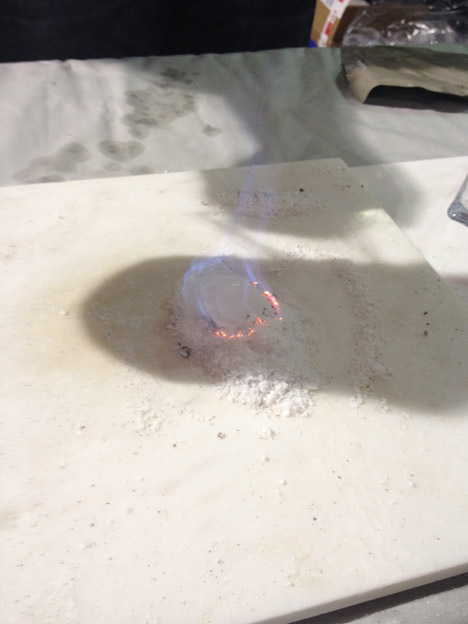
Of course, sometimes being in the backcountry means sometimes even a wood fire isn't possible. Utility Flame is a dead simple solution that the US Military has been using for the past decade and is just now being made for civilians like us. This gel ignites easily, creates a 10–15 minutes of a flame hot enough to boils water in 3.5 minutes. More impressively, it leaves nothing behind except a nontoxic mound of sand.

One of the long simmering stories at OR has been nonwoven Dyneema (sometimes called Cuben fiber). This American made fabric is incredibly light, strong and waterproof. It floats on water yet is 15 times strong than steel. It's also expensive and a royal pain in the ass to deal with, meaning only the scrappiest and sharpest young companies have built products with it. This year however the big boys at Sierra Designs jumped into the mix throwing their Mojo UFO tent right in middle of the show floor with plans to release a very limited run next year. It's a big move but as the photos should show it may take a while before they master the particular aesthetics of this unique material.

Meanwhile, the two pioneers in the space continue to move forward, each taking quite a different design philosophy in the process. Both built their own production facilities expressly to handle a material alien to most traditional factories. Currently based in Portland, OR (with roots in NYC and Turkey), Graham Williams of CiloGear is the godfather of Dyneema backpacks, building highly-engineered alpinist packs that often find their way to the world's highest peaks. Cilo packs are meticulously thought through for highly specialized tasks, every fabric panel and juncture has been considered and best material (in Graham's opinionated eye) is going to get used, costs be damned. Fittingly, Graham's latest designs—the ones he's willing to show publicly at least—are deeply customized for particular alpinists, something like the Saville Row of hardcore packs.
(more...)











